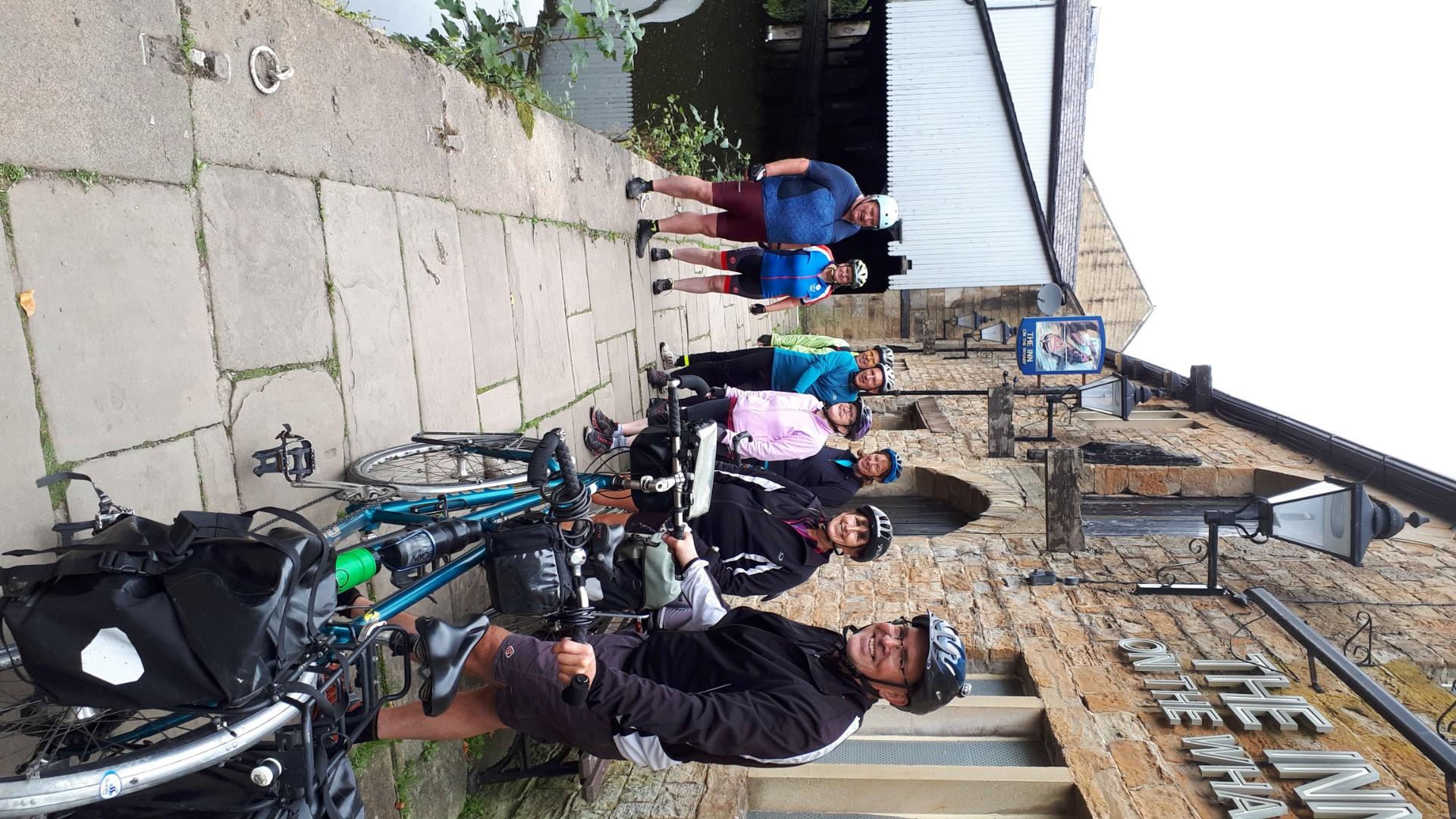Picture 3 of 4: 2021-09-19 added by Stephen Webb
Five Tandems and a single bike left Padiham leisure centre to start our ride around Burnley and district. We climbed out of Padiham and cycled along some nice quiet roads behind the villages of Simonstone and Read before climbing up back lane through Blackhill Wood to take in the views at the car park at the top of the hill. (This car park is equipped with a defibrillator although luckily none of our party needed to use it!). We then descended to Sabden, before heading down past the old Roman road to join the A680 and our coffee stop at the Café by the River. Our route then took us along quiet lanes to the Padiham Greenway and back past our starting point. At the top of the greenway, we briefly joined the Leeds Liverpool canal, before making our way around Burnley centre to join the Brun Valley Greenway which took us past Rowley Lake, before the descent down to Towneley Hall for lunch.
The hall was the home of the Towneley family from around 1200. The family once owned extensive estates in and around Lancashire and the West Riding of Yorkshire. The male line of the family died out in 1878 and in 1901 one of the daughters, Lady O'Hagan, sold the house together with 62 acres of land to Burnley Corporation. The family departed in March 1902.
After lunch we headed back through the town passing Turf Moor the home of Burnley football club. We then re-joined the canal at Thompson’s Park and travelled along the straight mile an unusual stretch of canal elevated 60 meters above the town on a purpose-built embankment constructed in 1796. It is known as one of the ‘Seven Wonders of the British Waterways’, as it bypasses the curves and twists of the hilly landscape, and the need for multiple towpath locks to navigate the ups and downs. It gave us some fantastic views down either side of its slopes as we cycled alongside its tranquil body of water. This then took us through the Weavers triangle. In the 1700s, Burnley was a centre of the wool industry. It switched to cotton in the first half of the 1800s. The second half of the 19th century saw Burnley develop into the most important cotton-weaving town in the world. As Burnley expanded, the area around the canal became known as the weavers' triangle, with many of the large mills situated in this area. By 1911, the towns textile industry was at the height of its prosperity, there were approximately 99,000 power looms in operation, and its population had grown from 4,000 (1801) to over 100,000. We then joined the Ightenhill Greenway for our ride back to Padiham leisure centre, approximately 33 miles.





